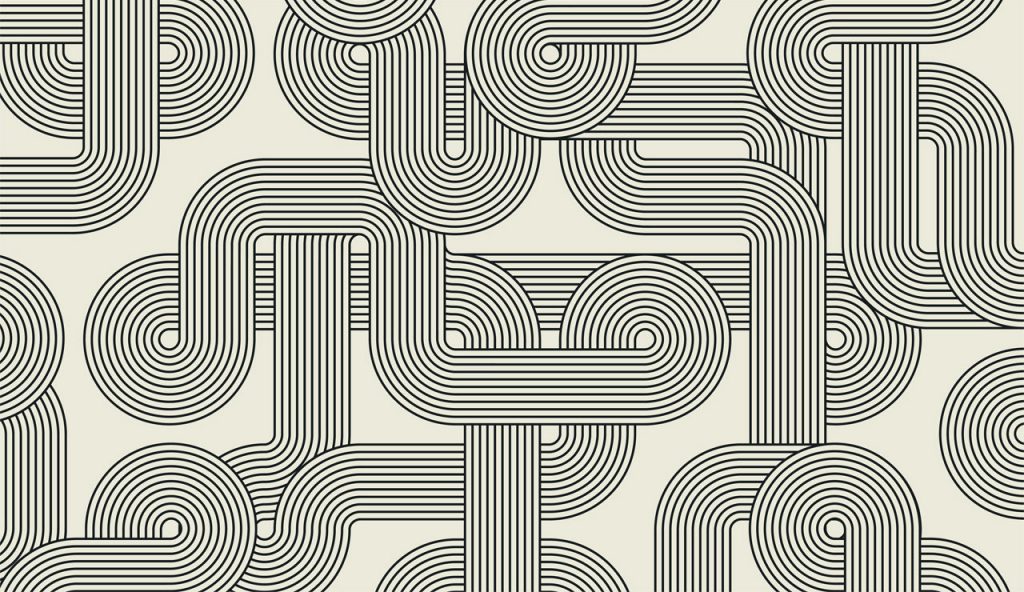Designing a Future Economy is Design Council’s 2017 report investigating the skills used in design, the link between these skills and productivity and innovation, and how they align with future demand for skills across the wider UK economy. It is a unprecedented study testing a new methodology as well as definitions of design.
The pace of development in the digital, biological and technological worlds is changing and disrupting the way we work and live. From 3D printed buildings, to self-driving taxis, to vertical farming, every part of the UK economy will be affected by this ‘fourth industrial revolution’. Tomorrow’s innovative companies and organisations rely on people who can marry subject expertise with skills and knowledge from outside their individual specialisms, and who approach projects with creativity. In short, the companies leading this industrial revolution need design skills.
Modern design is no longer confined to particular sectors or occupations. The skills, principles and practices of design are now widely used across the economy, from banking to retail. Designers, too, have always drawn on a range of different skills, tools and technologies to deliver new ideas, goods and services. This is what makes design unique, and is how it makes products, services and systems more useful, usable and desirable in advanced economies around the world.
Why the fourth industrial revolution needs design skills
Technology is continually changing the way we live and work. To thrive in this fourth industrial revolution, the UK needs creativity and imagination.To lead the way, we must develop a workforce with the right mix of design skills to drive innovation.

The last three centuries of industrial revolution have relied upon design to help make sense of a rapidly changing world.
Mechanisation: 1780s onwards: The First Industrial Revolution used steam power to mechanise manual labour. This revolutionised society, providing access for people to travel, sell goods and design products.
Electricity: 1870s onwards: The Second Industrial Revolution introduced electricity, bringing new machines into the home and workplace. Electricity created the user and product design was born.
Digital Age: 1970s onwards: The Third Industrial Revolution used electronics and information technology to automate production and communication. This shifted design from styling to problem solving.
21st Century: The Fourth Industrial Revolution is bringing significant change, with the processing of information and intelligent machines coming of age. The status of design has been elevated to a field of thinking.

Increasingly companies are building a design-led culture to stay competitive.
Innovation: Businesses with embedded design skills are able to maximise opportunities for technological advancement. They are seven times more likely to generate new products and services.
Productivity: People with design skills are 47% more productive than those without, delivering almost £10 extra per hour in value.

Design embodies the human skills needed to create the intelligent products, services and systems of the future.
Technique: Designers have technical skills specific to their role and the task in hand. They draw lines, write code and build cities.
Thought: Design is a mindset as well as a skillset. The ability of designers to think strategically and creatively to solve complex problems makes design more resilient to automation.
Empathy: Designers are well attuned to the needs of their customers. This deep understanding has a profoundly positive effect in creating successful services, products, processes and systems.

We have a unique opportunity to mobilise our design expertise to create a society and economy fit for the future.
Accessing skills: Demand for people with design skills has grown at twice the rate of UK employment. We need to drive the brightest talent into the design industry, while also developing the necessary design skills within the existing workforce.
Design + STEM: Design methods, tools and approaches should be incorporated into STEM subjects. This will develop the necessary complex problem-solving, critical and creative thinking abilities, and boost the skills required in the future economy.

We need to recognise design skills as one of our strongest economic assets, contributing £209 bn to the UK economy each year.
Design sectors: The design sector contributes £70.1bn to the UK economy. This is an increase of 42% since 2011.
Non-design sectors: Design skills create considerable value right across the UK economy, generating £139bn in non-design sectors such as aerospace, banking and retail.

Demand for design skills is accelerating, but a widening skills gap is limiting opportunities for growth.
Access to Talent: Design is in high demand across the UK, but employers struggle to find the required skills and competencies.
Skills Gap: One in eight employers state they have staff who are not fully proficient in their current jobs. This costs the UK economy an estimated £5.9bn per year.

The pipeline of design skills is being threatened by a reduced emphasis on design and technology education.
Narrowing pipeline: In 2017, just under 166,000 GCSE students took Design and Technology subjects, a 61% decrease from the year 2000. And the number of people leaving higher education with undergraduate or postgraduate qualifications in design subjects has fallen by 7% in the last four years.
Lifelong Learning: Action is needed to avoid the UK experiencing a resource crisis in one of the most productive and valuable parts of the economy. Government, educators and employers need to work together to equip people with the design skills required for the future.

As the country looks towards the future, it’s never been more important to harness #designskills.

Read the full report:
https://www.designcouncil.org.uk/what-we-do/research/designing-future-economy



